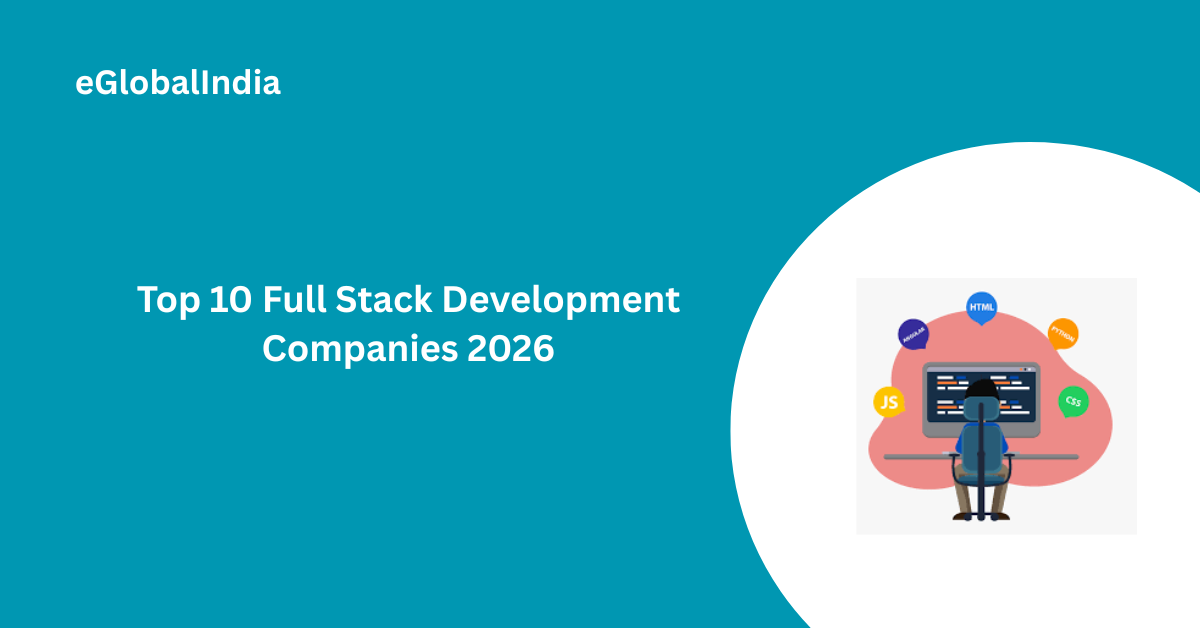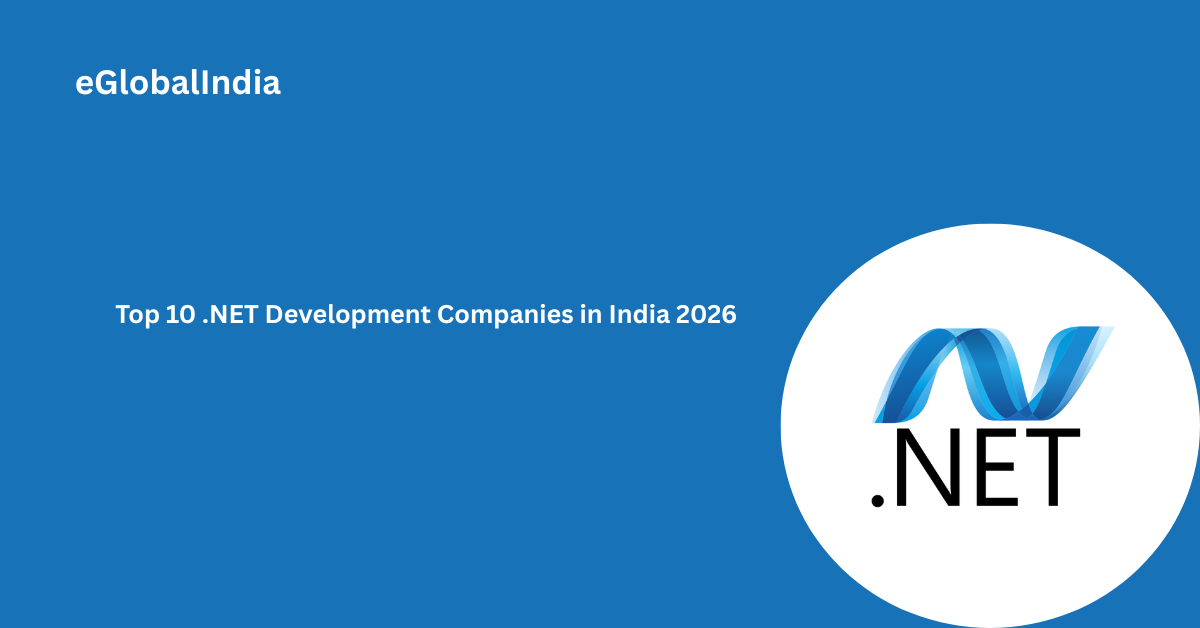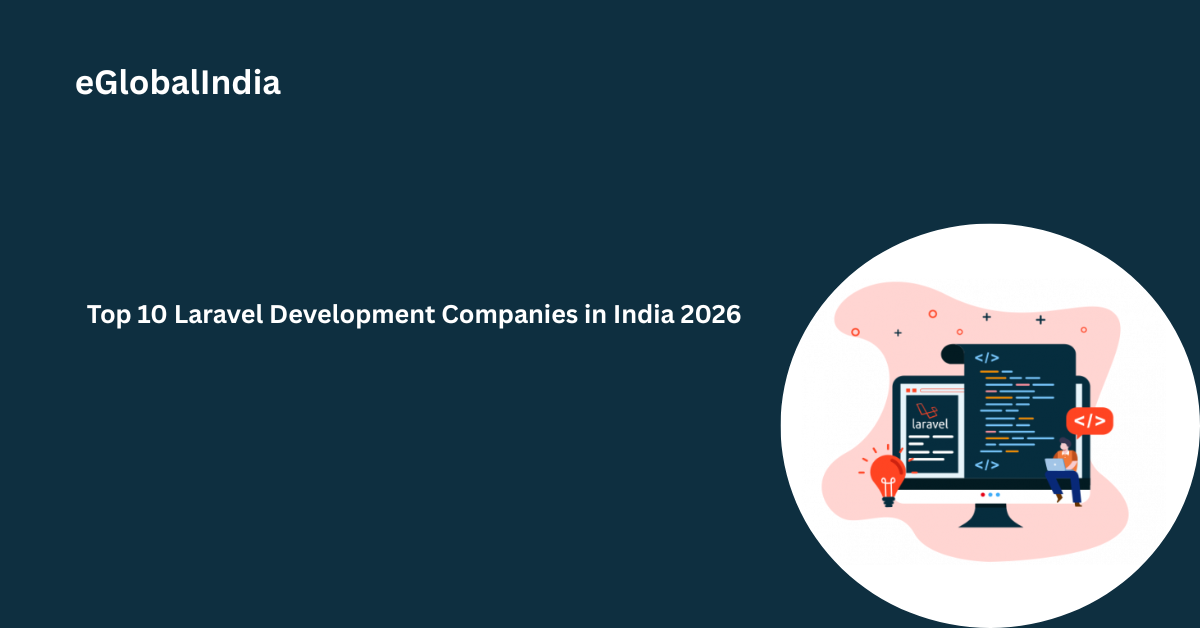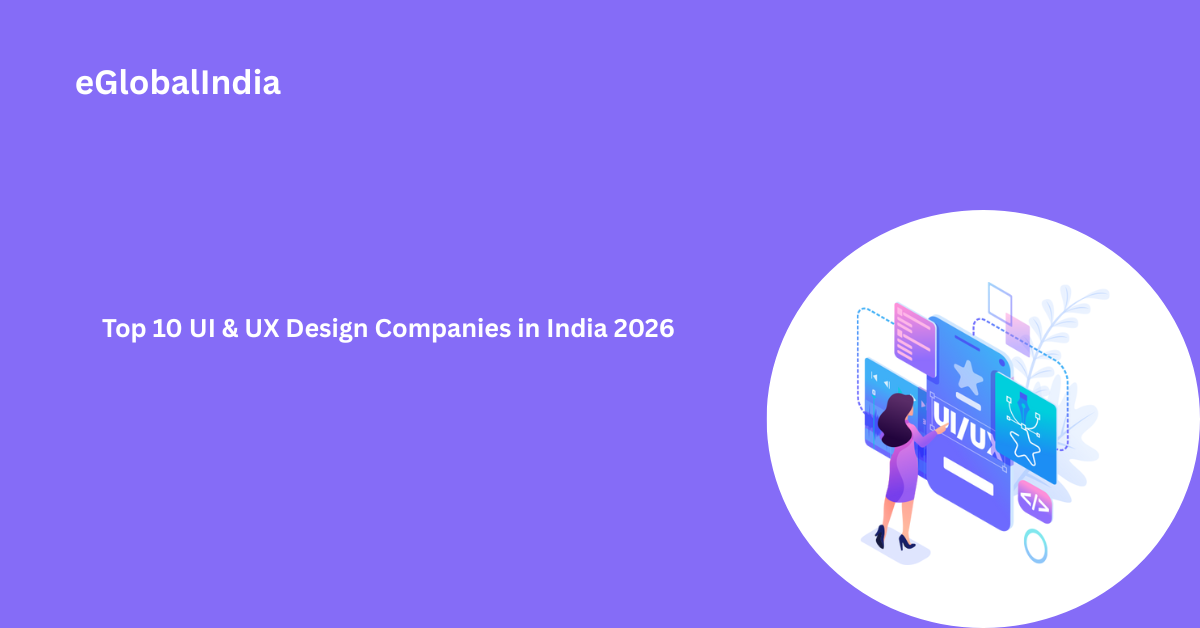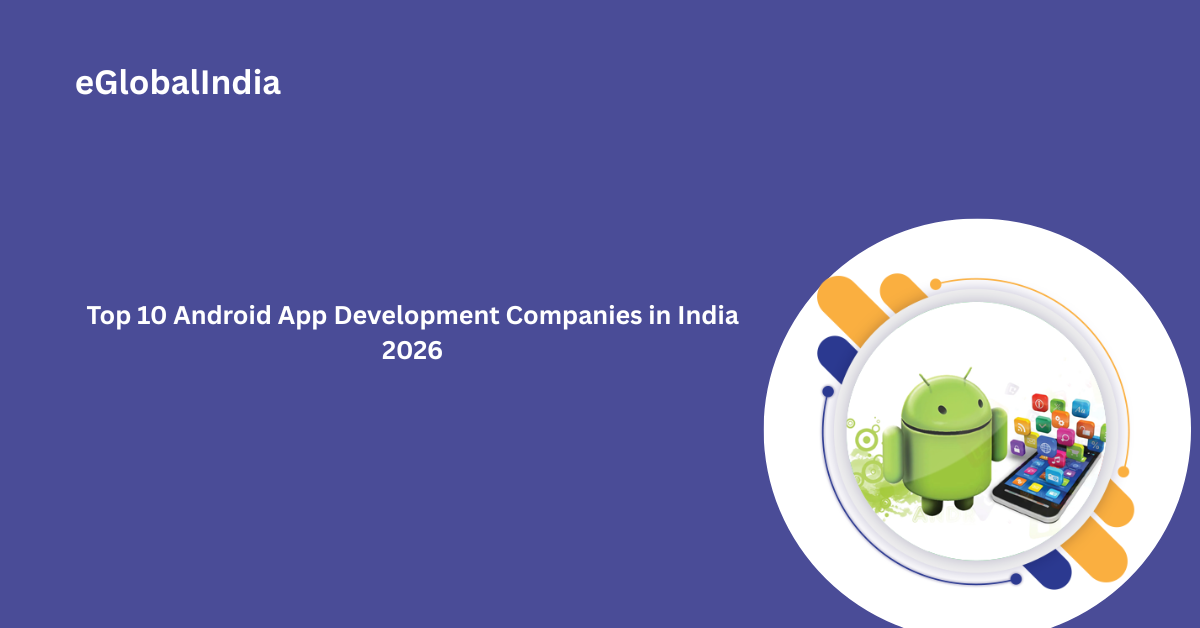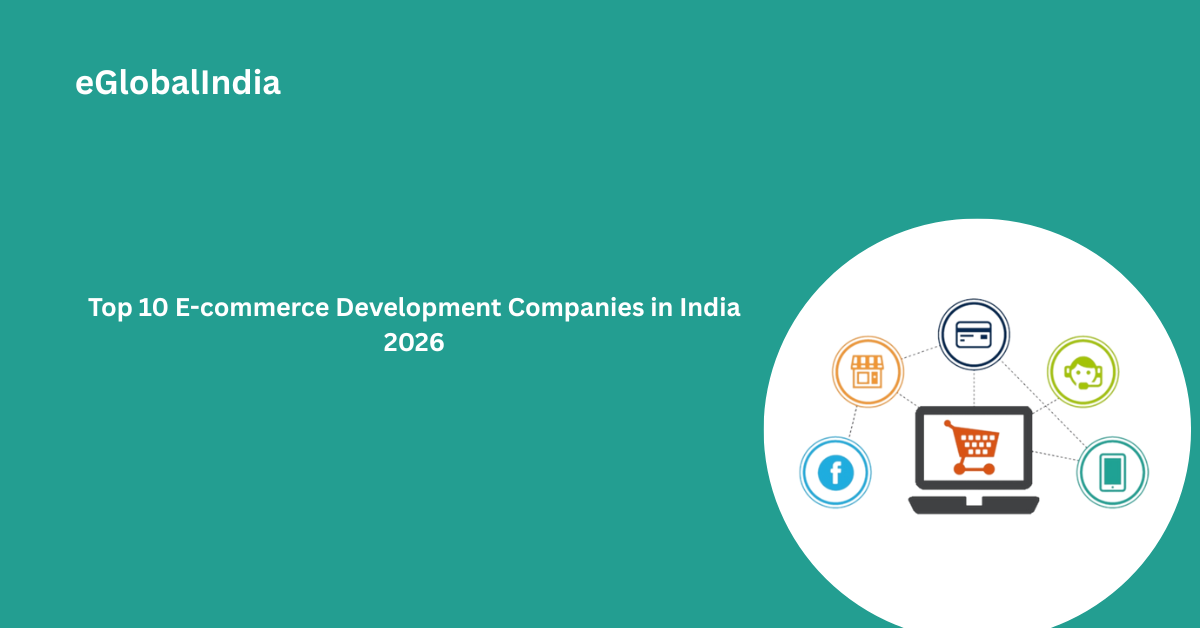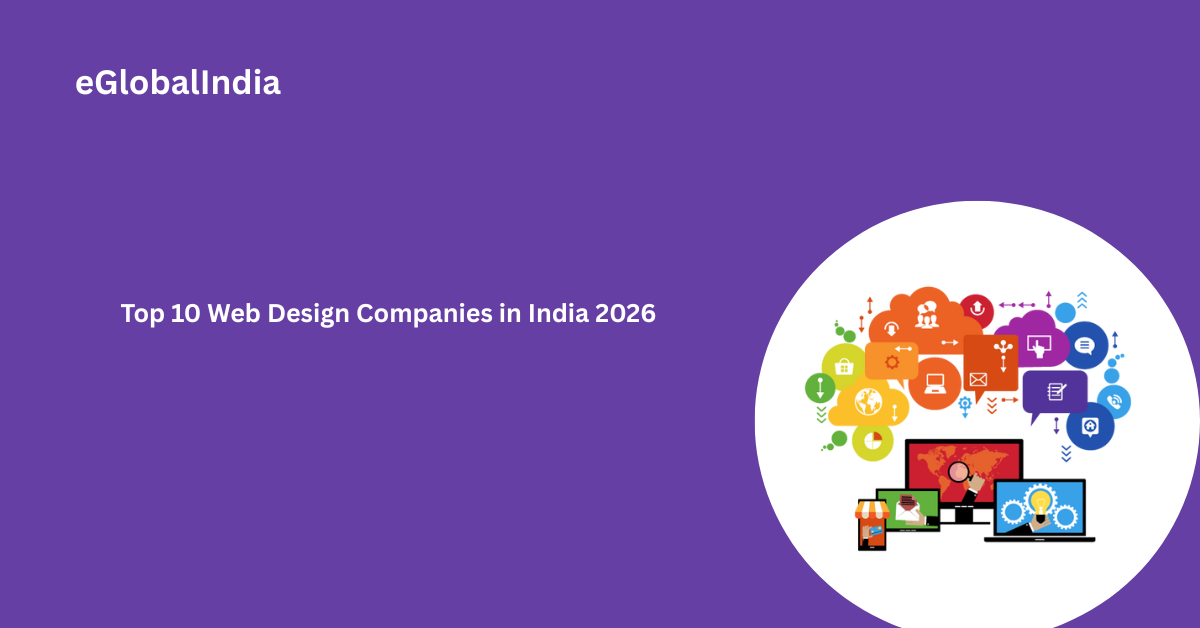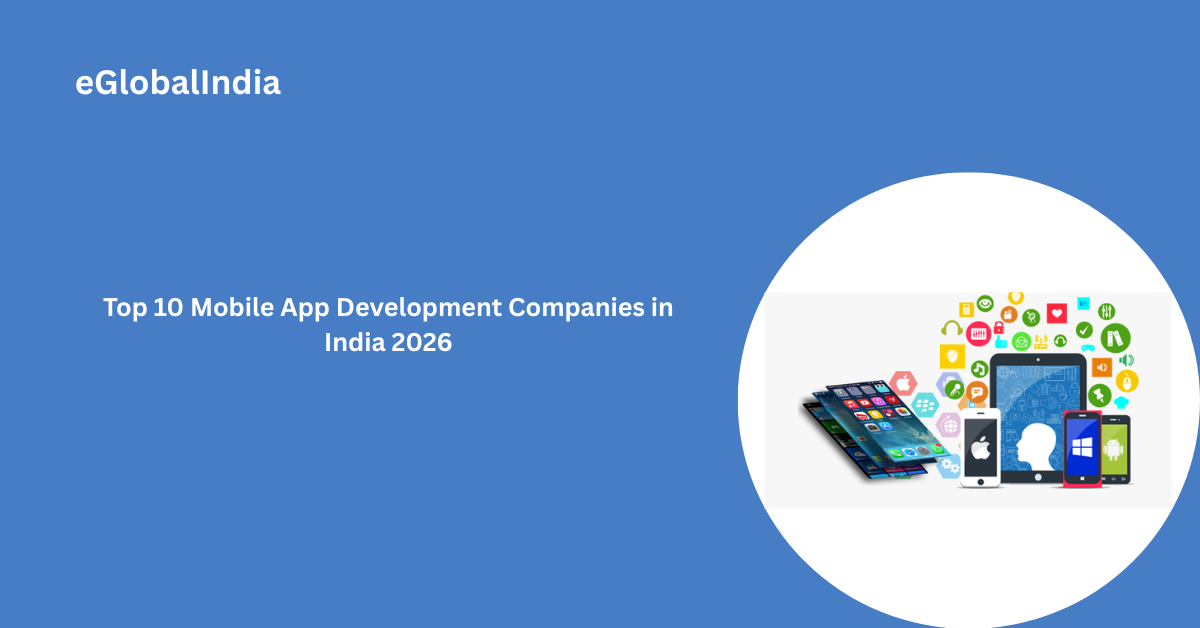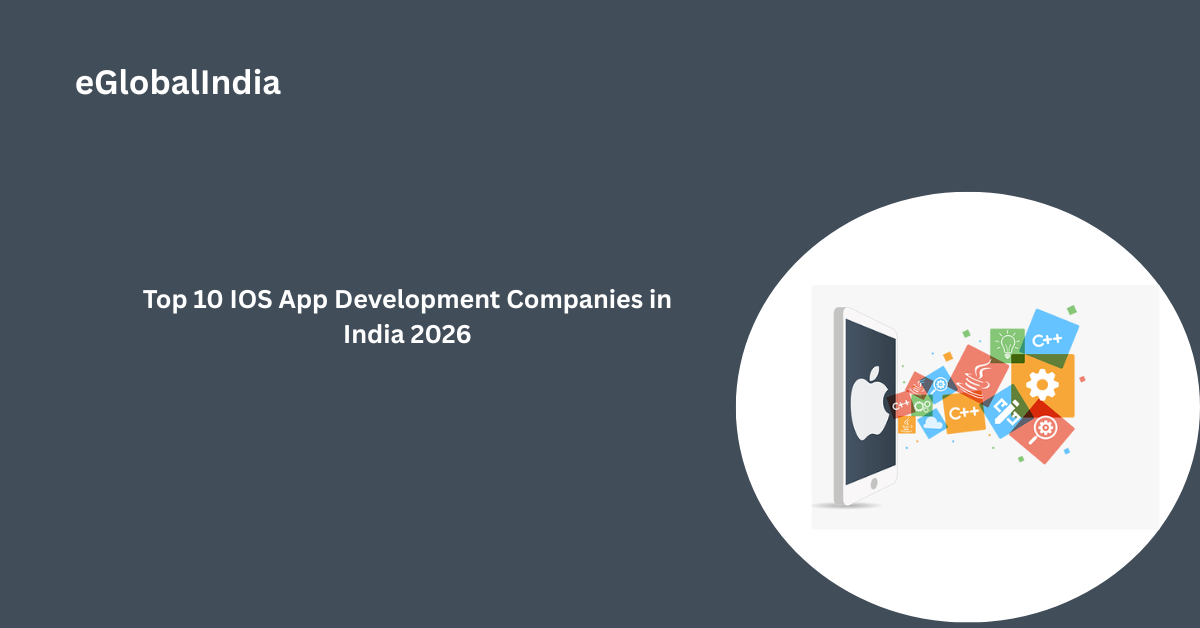As technology continues to evolve, businesses depend on reliable web and mobile applications that offer smooth performance and scalability. Full stack development has become one of the most essential approaches for building such solutions, as it combines both front-end and back-end expertise in one place. From small startups to established enterprises, many organizations now prefer full stack developers who can manage every stage of a project — from design and coding to deployment and maintenance.This list of the Top 10 Full Stack Development Companies in 2026 features some of the most trusted names known for their skill, innovation, and consistent results. These companies have built strong reputations by delivering complete solutions that help clients achieve their goals efficiently and effectively.
1. Aalpha Information Systems
Aalpha Information Systems is a leading full-stack development company known for delivering top-quality development solutions to businesses worldwide. The company has a team of certified full-stack developers with deep expertise in multiple frameworks, modern tools, and programming languages, ensuring every project receives the most suitable and efficient solution. Aalpha Information Systems offers dedicated full-stack development teams and staff augmentation services, covering everything from front-end prototyping to complete back-end development. Its flexible approach and technical excellence help clients achieve scalable and high-performing digital solutions tailored to their specific business goals.
Services :
- Full Stack Development
- Software Development
- Software Testing
- Web Development
- Mobile App Development
- SaaS Development
- AI Development
- Web Design and UI/UX Design
- Ecommerce Development
- WordPress Development
2. Eglobalindia
EglobalIndia is a trusted full-stack development company delivering comprehensive web and app solutions for businesses across various industries. The company’s team of skilled developers specializes in both front-end and back-end technologies, using the latest frameworks and tools to build high-performing, secure, and scalable digital products. Eglobal India focuses on creating tailored solutions that align with each client’s goals, ensuring smooth project execution, consistent quality, and long-term value.
Services :
- Full Stack Development
- Custom Software Development
- Software QA Testing
- Web Design & Development
- Mobile App Development
- Ecommerce Development
- Application Development
3. The Brick Factory
The Brick Factory is a web development company recognized for its expertise in full-stack development and custom website solutions, with a strong focus on Drupal and WordPress platforms. Clients consistently highlight the company’s effective project management, quick responsiveness, and smooth collaboration with internal teams. Nearly all reviewers commend The Brick Factory for its strategic partnership approach, technical proficiency, and proactive communication, which contribute to successful and long-lasting client relationships.
Services :
- Full Stack Development
- Web Development
- Web Design
- UX/UI Design
4. Digia
Digia is a dynamic web development company known for its expertise in custom website development and full-stack web solutions. The company is recognized for strong project management skills, consistently delivering high-quality and responsive websites with clear and effective client communication.Around 85% of client feedback highlights Digia’s flexibility, professionalism, and ability to meet deadlines while smoothly adapting to evolving project requirements.
Services :
- Full Stack Development
- Web Development
- Custom Software Development
- UX/UI Design
- Web Design
5. N4 Studio®
N4 Studio® is a reputed web development company recognized for its expertise in creating custom websites and innovative web design solutions. The company is frequently praised for its responsive approach, strong communication, and commitment to aligning with client values.According to client feedback, around 90% highlight the team’s excellent project management and clear communication, while 80% appreciate their ability to strengthen brand identity and deliver modern, strategically designed digital experiences.
Services :
- Full Stack Development
- Web Design
- Web Development
6. Iversoft
Iversoft is a versatile web development company providing a wide range of services, including custom website development, front-end and back-end solutions, and web application development. Clients consistently share positive feedback, highlighting strong project management, clear communication, and overall satisfaction with delivered results.The company is praised for its blend of technical expertise, creative approach, cultural compatibility, and cost-effective services. Some clients have noted that refining quality assurance processes could further enhance project outcomes.
Services :
- Full Stack Development
- Mobile App Development
- Custom Software Development
- Web Development
7. Bluelight
Bluelight is a full-stack web development company specializing in web application development, DevOps engineering, and quality assurance testing. The company is recognized for strong communication, reliable delivery, and a client-focused approach.Bluelight has earned consistently positive feedback for its technical expertise and responsiveness, with all reviewers highlighting satisfaction with project outcomes. Clients also value the company’s alignment with their business goals and the excellent balance of quality and cost it provides.
Services :
- Full Stack Development
- Custom Software Development
- Mobile App Development
- Web Development
- UX/UI Design
8. iTechnolabs Inc
iTechnolabs Inc is a trusted company providing website development, web design, and online development services. The company is recognized for its professionalism, timely project delivery, and expertise in managing complex requirements.Clients appreciate iTechnolabs Inc for its skilled and experienced team, responsive communication, and strong focus on meeting project goals within budget and timelines. This commitment to quality and collaboration has earned the company positive feedback and long-term client relationships.
Services :
- Full Stack Development
- Mobile App Development
- Web Development
- Custom Software Development
9. Imaginovation
Imaginovation is a well-recognized web development company offering services that include custom website development, web application development, and full-stack web solutions. The company has earned strong client feedback for its effective communication, collaborative approach, and technical proficiency.Imagination is widely appreciated for its problem-solving skills and ability to deliver user-friendly, visually engaging, and high-performance digital solutions that meet diverse business needs.
Services :
- Full Stack Development
- Custom Software Development
- Mobile App Development
- Web Development
10. Neocoast
Neocoast is a web development company recognized for its expertise in custom web applications, full-stack solutions, and online development services. The company has earned a strong reputation for attention to detail, effective project management, and consistent on-time delivery.With a 100% positive feedback rate, Neocoast is frequently praised for its professionalism, reliability, and technical excellence. Clients often highlight its strengths in web programming and front-end development, reflecting a commitment to quality and client satisfaction.
Services :
- Full Stack Development
- Custom Software Development
- Web Development
- AI Development
- Mobile App Development
- IT Staff Augmentation
Final Words
Selecting the right full stack development partner can have a lasting impact on your project’s success. The companies included here stand out for their technical excellence, clear communication, and commitment to delivering high-quality outcomes. Whether you’re developing a new product or improving an existing one, working with an experienced full stack team ensures your project is built to perform, adapt, and grow with your business needs.
Explore the Best Full Stack Developers 2026 – Contact Us to Transform Your Ideas into Reality

